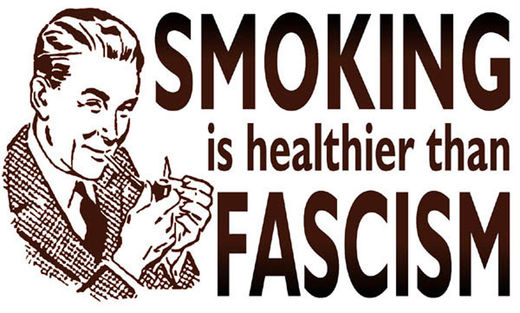Here is a bit of trivia. . .
 http://gcaggiano.wordpress.com/2010/...yne-literally/
http://gcaggiano.wordpress.com/2010/...yne-literally/
Of the 173 film appearances of John Wayne, The Conqueror is one of his lesser known roles, and for good reason. In this movie, which Wayne actually asked director Dick Powell to star in, he plays the Mongolian warrior Genghis Khan.
Right off the bat it sounds ridiculous; John Wayne playing an Asian. The gave him makeup to make his eyes seem slanted and of course, gave him a Fu Man Chu facial hair style. Wayne, who needed to make only one movie to finish out his contract with RKO was heavily dissuaded by Powell to not take up this role and with the script thrown in the trash, Wayne pulled it out and said he wanted to play Genghis Khan as a cowboy would, and Powell then famously quipped, “Who am I to turn down John Wayne?”
And so they went filming, and by the time it reached theaters, word spread on how bad the film was. As of right now, it currently has a cult-following of those dedicated to watching bad films. It has made its way into books focusing on Razzie potential material, and is known as that project that John Wayne must have been insane to sign a contract with. What makes this even more of a shock is that this film came out the same year as The Searchers, a film which is said by many to be the Duke’s greatest performance.
I have seen The Conqueror only once, and would watch it again. As bad as it is, I enjoyed it. There are decent action scenes and the storyline is actually quite interesting. The fact that there is not one Asian in a film about Asians kind of threw everyone off, though, but this was the 1950′s and that was what the times were like. Anyway, this is not a movie review, but more of an interesting tidbit of trivia. John Wayne would die in 1979, a full 23 years later, but many attribute this film to his death.
The movie was notorious for being shot in the deserts of Utah, almost ten years after the United States Army conducted nuclear bomb testing there. Of the 220 people involved in the film, 91 would die of cancer, including Wayne, director Dick Powell, and every leading supporting cast member: Agnes Moorehead, Susan Hayward, and John Hoyt. Another star, Pedro Armendáriz would also be diagnosed of cancer, but commit suicide after hearing the news. The number does not even include the extras and other people involved in filming. Numerous American Indians who served as Mongolian warriors contracted cancer in later years, and even John Wayne’s son Michael died in 2003 of cancer, after visiting his father on the set at age 22.
What is also even more mind-boggling is the fact that after principle shooting was finished in Utah, the production company had 60 tons of radioactive dirt shipped to Hollywood so filming could be finished on sound stages. Whatever became of this dirt is unknown; it’s probably been used as filler in a back-lot by now.
Within a year after the film debuted as a critical and commercial flop, producer Howard Hughes knew that problems were on the horizon. Out of guilt, he purchased every single print of the movie that had ever been copied, and kept them at his mansion home. In his later, eccentric years, he would view the film every night before going to bed, regretting each day for the rest of his life the fact that he produced the film.
Contrary to popular belief, John Wayne did not die of lung cancer, despite being a chain-smoker (and smoking up to seven packs a day during the 1960′s), but stomach cancer. In his later years, he would beat lung cancer and just when it seemed he would be cured and live, a new form of galloping cancer took over his stomach and he could not be saved.
Could this cancer have been the effects of the radioactive filming locations? There are just too many cancer-related deaths associated with this film to be coincidence.
If one can find humor in this, there was at one point a photograph in existence of John Wayne at the set holding a Geiger Counter, and there being radioactivity registering on it. Wayne also quoted that the moral of the film was, “Don’t make an ass of yourself trying to play parts you are not suited for.” What seemed like a harmless decision may have ended up costing one of the greatest American actors his life. In a People Magazine article from 1980, there was a quote from the Pentagon Defense Nuclear Agency regarding this film that read, “Please, God, don’t let us have killed John Wayne.”
_______________________
Of the 220 cast members 91 contracted some form of cancer. It was brushed under the carpet and of course debunked and called an urban legend.
Other sources:
http://news.google.com/newspapers?id...-counter&hl=en
http://www.straightdope.com/columns/...tive-movie-set
http://www.people.com/people/archive...077825,00.html














Connect With Us